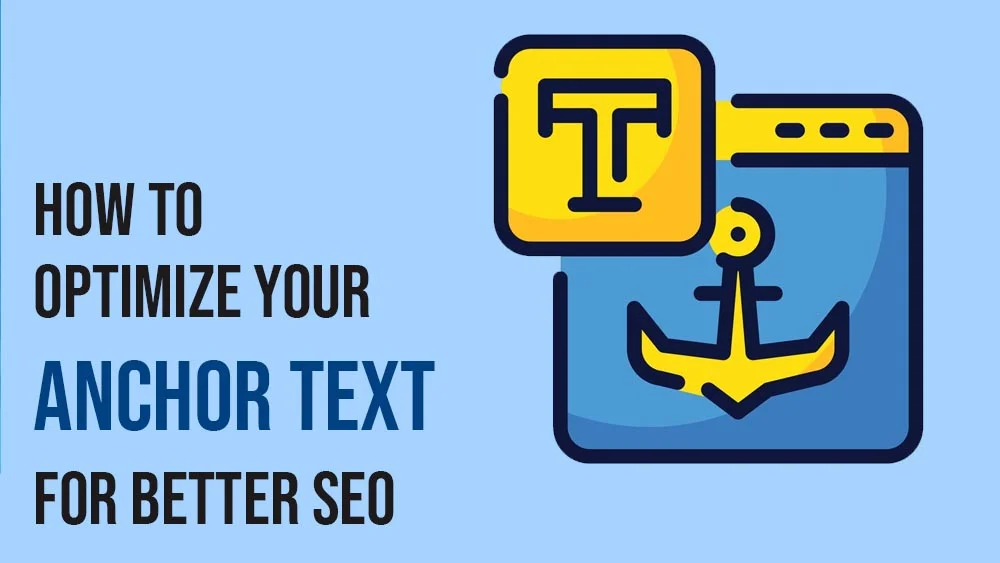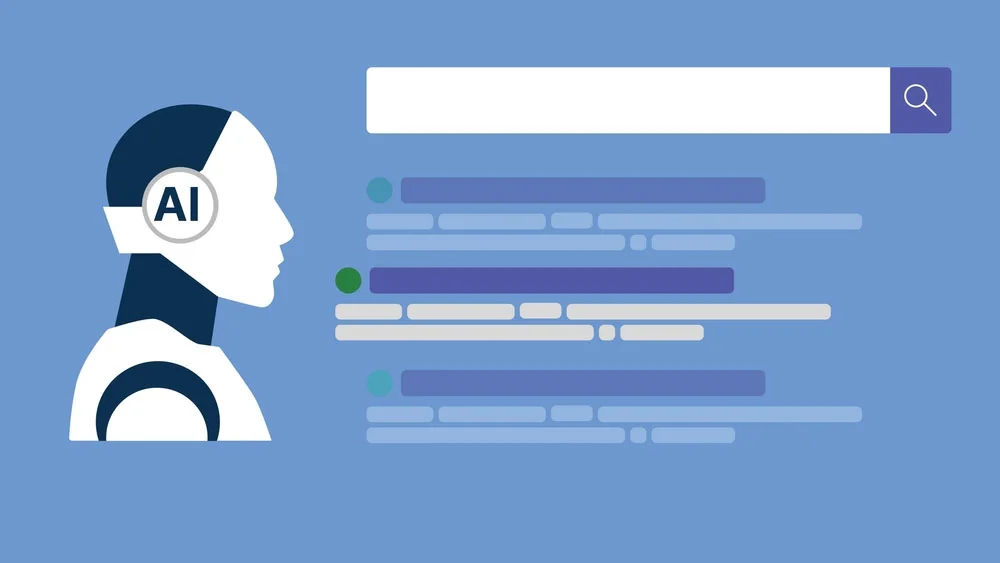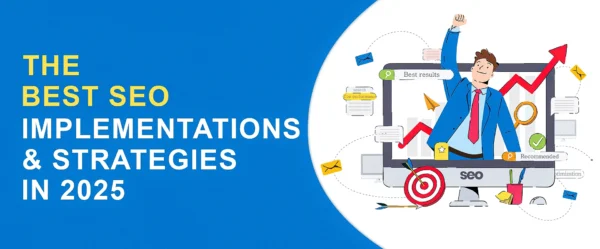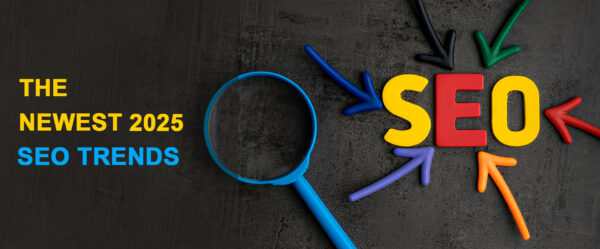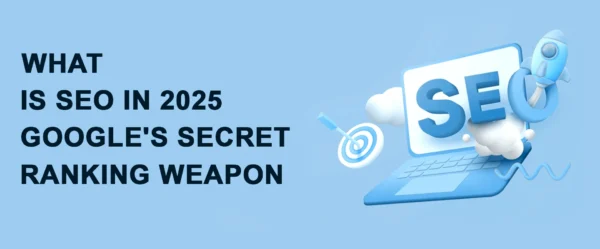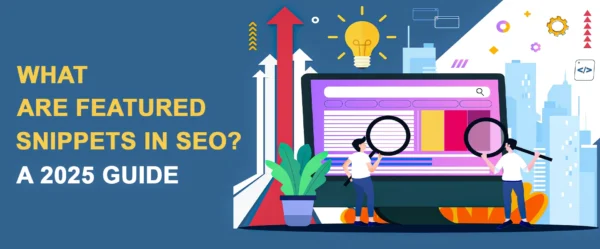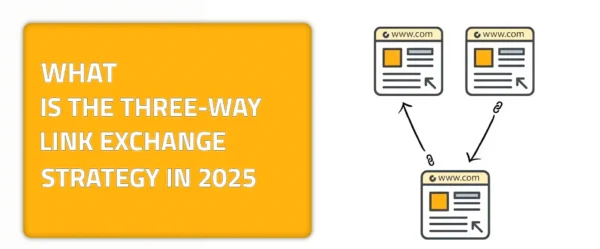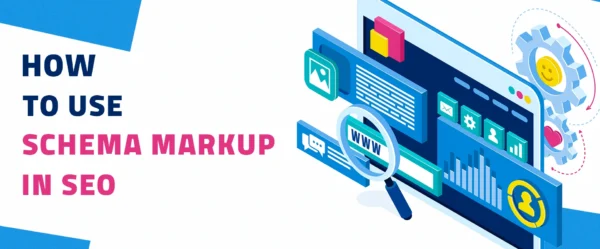Understanding how to enhance your SEO is something that is of the essence for your website in order to succeed. There are many SEO factors and aspects that contribute to the success and the making of SEO in general. Understanding an anchor text and knowing how to optimize your anchor text in SEO is something that we will highlight for you in this guide. Search engines are continuing their quest in refining their algorithm. And that is why the rules that surround an anchor text are also evolving and changing. They tend to prioritize relevance, user experience, and search intent.
I know that the process in the past was different. In the past you could’ve just sprinkled some exact-match keywords into hyperlinks, and you would’ve ranked by only doing that. Nowadays the process is far more tricky and comprehensive than it used to be. Nowadays, anchor text plays a dual role: guiding users seamlessly through your content while signaling to search engines what the linked page is about. But why is this evolution so important for SEO practitioners?
The competition for top-ranking positions has intensified, and even small missteps can lead to penalties or lost opportunities. Search engines like Google now use advanced AI to assess whether your anchor text strategy genuinely serves the user or is a manipulative tactic to game the system. This guide will allow you to learn how to optimize your anchor text and help you understand its implementation process and types. Delve deeper with us to know and learn more about this topic.
Understanding Anchor Text: What Is It and Why Does It Matter?
Okay, so now let’s get to know and understand what an anchor text is. An anchor text is the clickable word that makes a hyperlink. They offer a critical context to users and search engines about the pages that are being linked. Let me give you an example. You know signposts and how they guide you or direct you to a certain place? That is exactly what an anchor text could be. However, it doesn’t only direct you to additional information but also gives search engines cues about the relationship between the pages that are linked. Let me walk you through a hypothetical example. In the phrase “Discover our guide to advanced SEO tactics,” the words “advanced SEO tactics” act as the anchor text of the phrase. This is because it hints at the content that users expect to find upon clicking on it.
Understanding how to optimize your anchor text is important, but it is also important to understand why it is of such importance for SEO. Let me explain it from an SEO perspective. An anchor text is one that relates your pages to specific keywords or makes them more relevant. This little process is one that aims to drive more traffic. However, you have to also understand that an anchor text has yet another layer that you should unfold and understand, which is the user behavior. If your anchor text is clear and compelling, users are more likely to click, enhancing engagement metrics like time on site and click-through rates (CTR).
Types of Anchor Text and Their Impact on SEO
Anchor text comes in various forms, and each type serves a specific purpose in an SEO strategy. Understanding and learning these types allows you to craft links in a strategic way. One that will help you in balancing SEO benefits with user experience. The most commonly used types include exact-match, partial-match, branded, generic, and naked URLs.
Exact-match anchor text uses the precise keyword or phrase you’re targeting. Let me give you an example. A phrase like “best SEO tools,” while effective, if overused, can lead to penalties as search engines flag it as manipulative. Partial-match anchor text modifies the keyword slightly. This helps in creating a more natural tone. For example, “top tools for SEO” offers variety while staying relevant. Branded anchor text uses the company name, like “linkexchange.ai,” which builds trust and strengthens your brand identity.
Generic text, like “Click here” or “Learn more,” is less informative but sometimes necessary for a seamless reading experience. Last but not least, naked URLs display the full link (e.g., www.example.com) but provide no contextual cues to users. Each type has its advantages and should be used thoughtfully. When you do so, you’ll create and build for yourself a strong anchor text profile that ensures your SEO game is ahead of everyone else’s!
Best Practices for Optimizing Anchor Text in 2025
Optimizing anchor text is about crafting links that are relevant, diverse, and strategically placed. In 2025, search engines are smarter than ever, and they reward sites that prioritize user experience alongside SEO best practices. In order to optimize effectively, focus on relevance, ensuring your anchor text matches the content it links to. Irrelevant or misleading links frustrate users and can lead to penalties.
Another critical practice is natural integration. Anchor text should fit seamlessly into the surrounding content, enhancing readability rather than disrupting it. For example, instead of forcing “best SEO tools” into an unrelated sentence, opt for something natural like, “Explore the best SEO tools to enhance your strategy.”
Diversity is equally important. Relying too heavily on one type of anchor text, such as exact-match keywords, can trigger search engine scrutiny. It will simply make them suspicious of your activities. Instead, alternate between branded, partial-match, and generic anchors to create a well-rounded profile. Finally, monitor your links for over-optimization. Excessive use of keyword-stuffed anchor text can appear manipulative, so focus on crafting meaningful, user-focused links that add value to your content in an efficient way.
How to Analyze and Improve Your Anchor Text Strategy
Analyzing and refining your anchor text strategy is essential for long-term SEO success. Start with a comprehensive backlink audit using tools like Ahrefs or SEMrush. These platforms can help you assess the distribution of your anchor texts, highlighting whether you’re relying too heavily on one type or neglecting another. A diverse anchor text profile is key to avoiding penalties and ensuring relevance across your links.
Next, evaluate the relevance of your anchor texts. Are they aligned with the content they link to? Misaligned anchors confuse users and signal poor quality to search engines. Additionally, consider metrics like click-through rates (CTR) to gauge the effectiveness of your links. Low CTRs may indicate that your anchor texts aren’t compelling or clear enough.
Once gaps or issues are identified, implement changes systematically. If you find an overabundance of exact-match anchors, replace some with partial matches or branded texts. Conversely, if your profile lacks descriptive anchors, incorporate more keyword-rich options. Regularly revisiting and adjusting your strategy ensures it stays effective and aligned with evolving SEO standards.
The Role of AI in Anchor Text Optimization
Artificial intelligence has revolutionized SEO, and anchor text optimization is no exception. In 2025, AI tools can analyze massive datasets to recommend anchor text that resonates with user intent while adhering to SEO best practices. For example, tools powered by natural language processing can suggest contextually relevant anchors that fit seamlessly into your content. This will help you save time, enhance your readability, and finally have better user engagement.
AI also plays a pivotal role in predicting search engine behavior. This is made possible by analyzing patterns and trends. It is a capability that can make it forecast the potential impact of your anchor text strategy on rankings. This insight allows you to make data-driven adjustments, whether it’s diversifying your anchor types or aligning them more closely with user search intent.
Final Thoughts!
Anchor text is more than just clickable words. And the days of it being unnecessary are long gone. That is because it’s a strategic tool that bridges the gap between user experience and search engine optimization. In 2025, knowing and understanding how to optimize your anchor text requires a balanced approach that prioritizes relevance, diversity, and adaptability. When you understand its types, implement best practices, and avoid common mistakes, you will be able to build a robust anchor text strategy that enhances your site’s credibility and visibility.
If you’re new to SEO or want to learn further about how to create a seamless strategy for your website, visit our platform linkexchange.ai. This is your one-stop place for understanding all the needs to enhance your SEO and getting to introduce yourself to new services that will allow you to level up your SEO game. In the world and realm of SEO, every click matters, and we at linkexchange.ai know that importance and would like to help you understand it as well.


